Discovering mice in your home can be an unsettling experience. These small rodents are not only a nuisance but can also pose health risks and cause damage to your property. Understanding how mice find their way into your home is crucial in preventing an infestation. Let’s dive into the common entry points and behaviors that allow these unwelcome guests to invade our living spaces.
Why Are Mice Interested In Our Homes?
Before we understand how mice enter our homes, it’s important to consider why they enter our homes. Mice are very attracted to our homes because they provide conditions that are conducive for mice such as an abundance of food, warmth, nesting materials, and protection from predators. Oftentimes our homes provide these conditions in a better way than can be found in a mouse’s natural habitat. Now let’s look at where mice are coming from.
Entry Points: A Mouse’s Gateway
Mice can enter homes in many different locations. All they need is a hole ¼” or larger. Like many other creatures, as long as a mouse’s head can fit through an opening, the rest of its body can fit as well. At Adam’s, we refer to how a rodent enters a home as an “entry point”. When Adam’s addresses entry points, our technicians not only address where we believe the current mice are entering the home, but also seal other spots which could potentially lead to rodent issues down the road. Rather than a short-sighted solution, we take a prevention approach to ensure that you have a long-term rodent solution. Let’s take a look at 6 common locations where mice can enter a home.
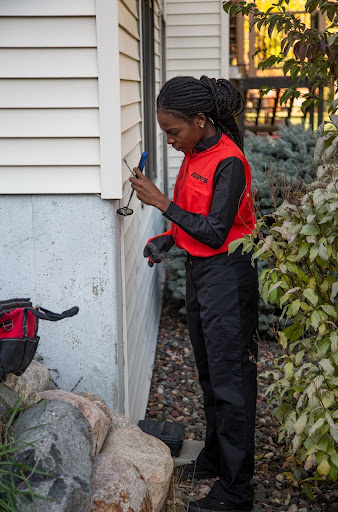
1. Mice Entering Through Cracks and Holes in Walls
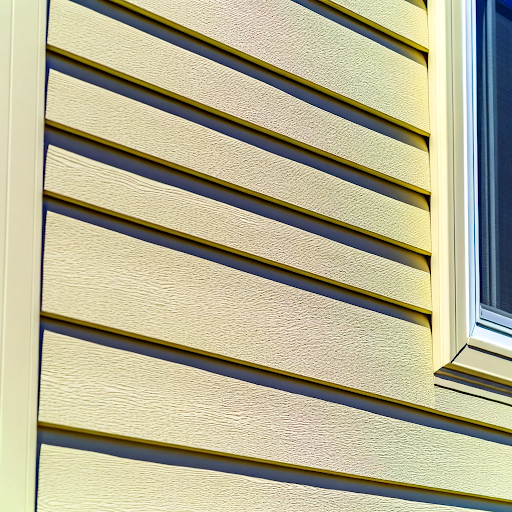
Even the smallest crack or hole in the exterior wall of your home can serve as an entry point for a mouse. These rodents can squeeze through gaps as small as a dime, making even the most minor imperfections potential entry points.
2. Mice Entering Gaps in Windows and Doors
Improperly sealed windows and doors can provide easy access for mice. They can enter through gaps between the door and the floor or the space around window frames.

3. Mice Entering Through Foundational Issues
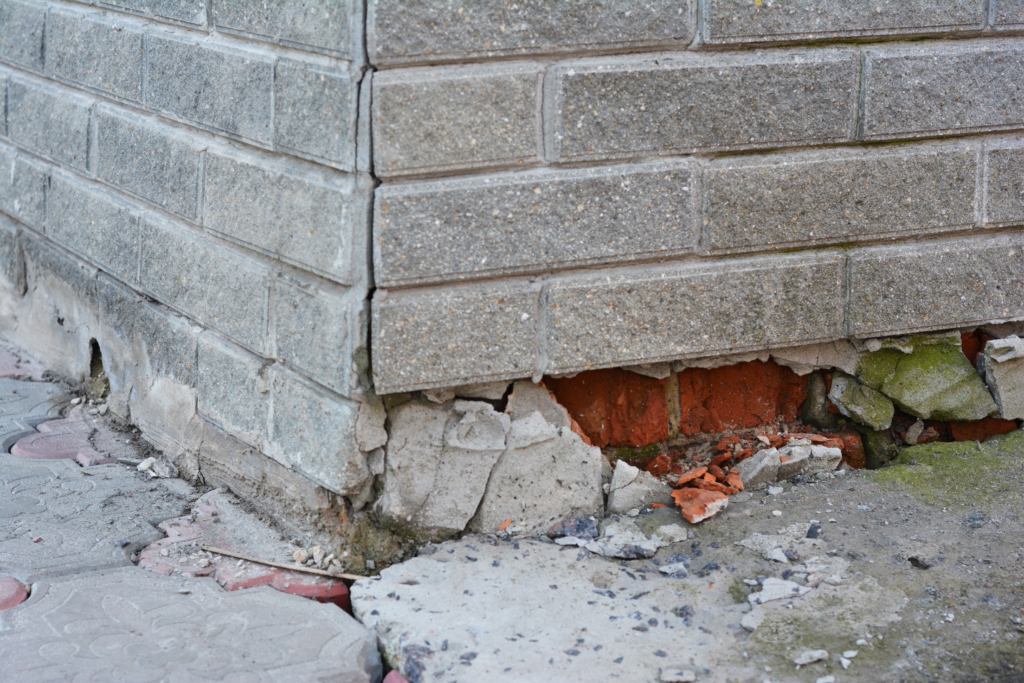
Mice commonly take advantage of any foundational issues in a home using them to enter the basement or main floor. These foundational issues can arise based on how the house settles or weather-related damage.
4. Mice Entering By Following Pipelines and Utility Lines
Mice can travel along pipelines and utility lines, finding their way into your home through openings where these conduits enter the building. They are adept climbers and can navigate vertical surfaces and tunnels to access the inside of the home. They are able to use these lines like a highway into the home.
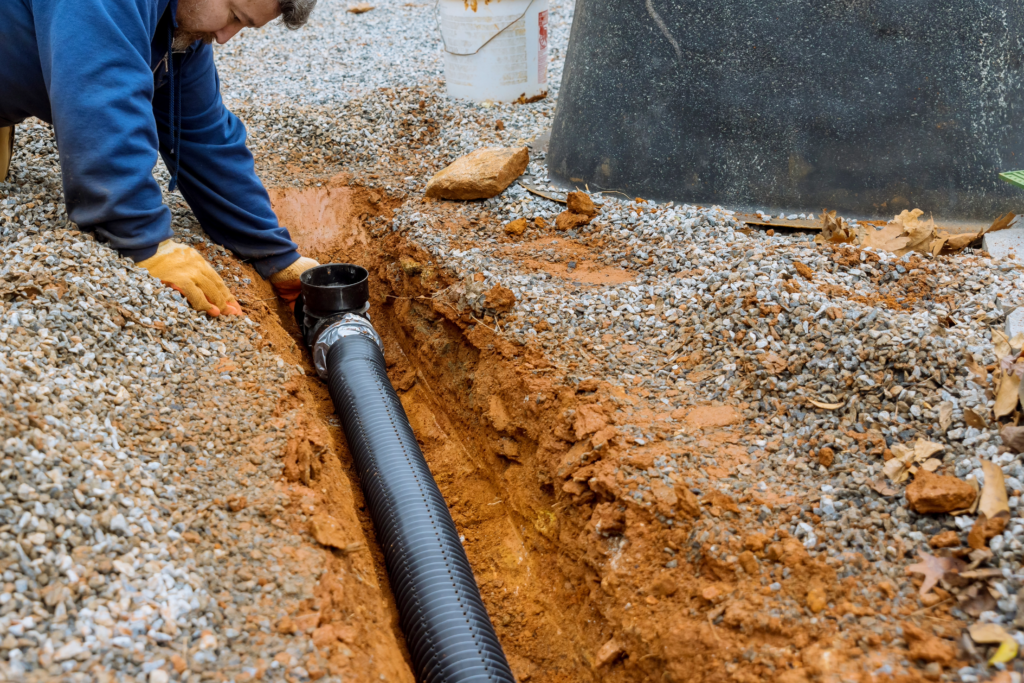
5. Mice Entering Into The Garage
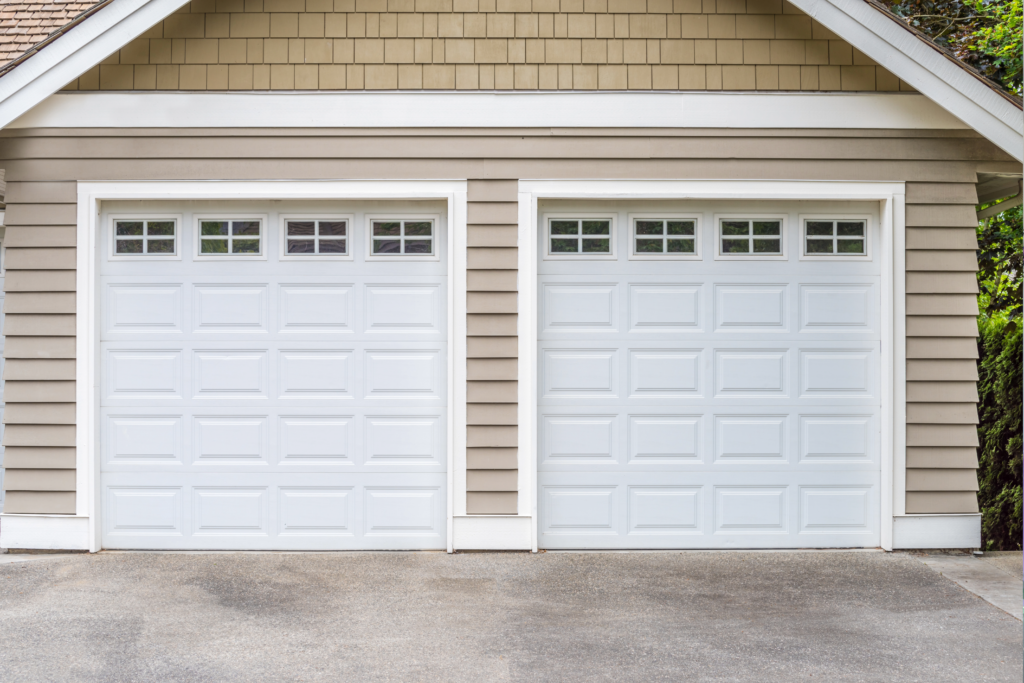
Garage doors often have gaps or can be left open, providing an easy entry point for mice. Once inside the garage, they can find numerous ways to enter the main parts of the home. Garage door seals are especially susceptible to damage and improper fitting which can allow for easy rodent entry into a home
6. Mice Entering Into The Attic
Mice are also very commonly found in attics. They are excellent climbers and can take advantage of any flaws in the upper level of the home. Attics are very conducive to mice because they provide a lot of insulation for mice to tunnel through and use as nesting material. Attics have the added bonus of very infrequent use by homeowners which allow mice to grow their population without disruption.
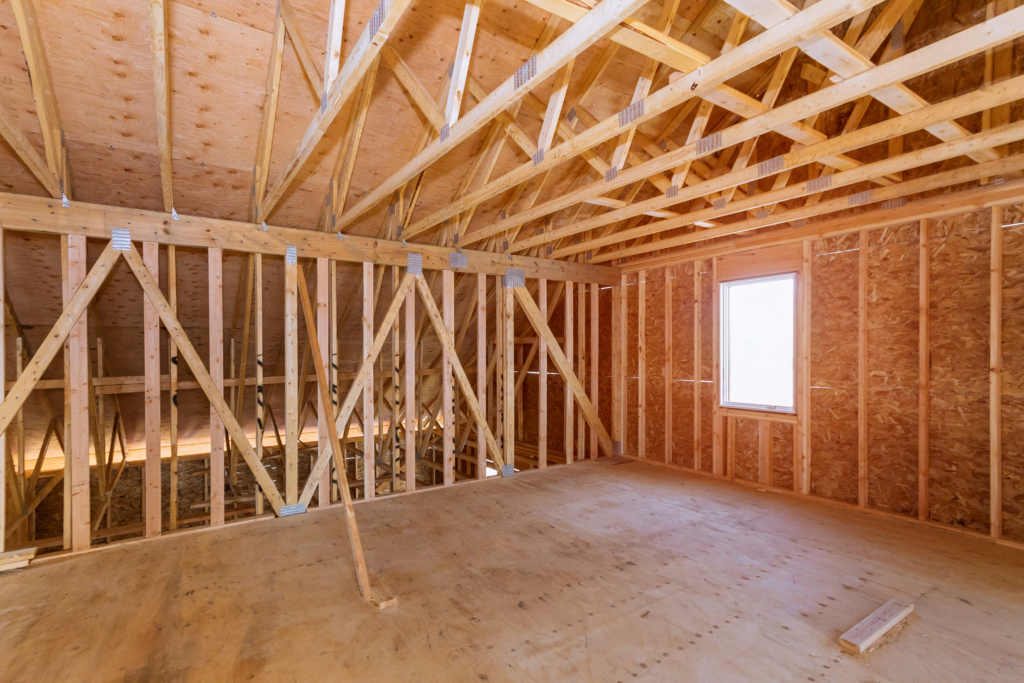
Frequently Asked Questions
- How Can I Tell If Mice Are Inside My Home?
Sometimes the signs will be very apparent like a mouse running across the room or catching a mouse on a trap, but oftentimes the easiest way to tell if there is a rodent issue is by seeing droppings.
- What Are Some Home Remedies To Keep Mice Away?
Home remedies are usually ineffective. They may provide temporary or limited relief but oftentimes don’t address how mice are getting into the home. Additionally, mice may become less sensitive to home remedies over time. Worst case scenario, the home remedy being used is completely ineffective and the rodent population has additional time to grow before a pest control company is called.
- How Often Should I Inspect My Home For Potential Mouse Entry Points?
At least twice a year. This is especially true in Minnesota and Wisconsin. Oftentimes mice look to move indoors in the fall and winter when it is colder and food is hard to come by. It is important to have an inspection for entry points before these seasons. Next, following the winter it is helpful to have another inspection in case there are additional entry points created from weather damage. Even if there is no current infestation, it is important to stay diligent to prevent a new one from happening! Adam’s Pest Control can help with these inspections. Depending on the prevention plan, we provide 2-4 rodent inspections per year and we fix any entry points that we find.
Prevention and Control
If you have mice in your home, it’s important to address them by hiring a professional pest control company right away. Their populations can multiply in size very quickly. Preventing mice from entering your home involves a comprehensive, multifaceted approach that addresses the existing population, but also prevents future mice from entering the home through rodent-proofing the exterior. If you need rodent control or prevention, Adam’s Pest Control can help! With Adam’s you’re working with a knowledgeable technician who knows how to identify signs of rodents, use mice deterrent methods to seal cracks and gaps, and eliminate existing rodent populations.
Phone: 763-478-9810
Email: sales@adamspestcontrol.com
More Information/Free Estimate: adamspestcontrol.com/pest/mice



